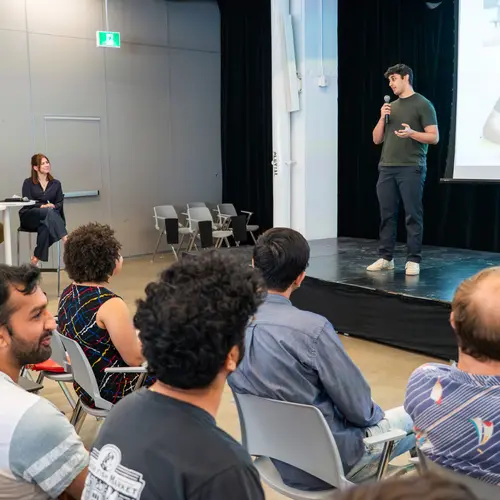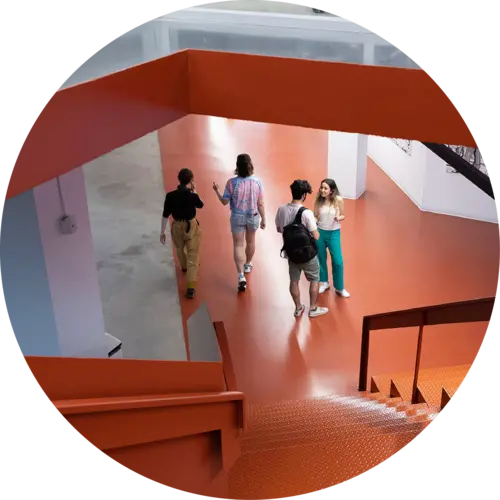
Toby Dylan Hocking
Biographie
Originaire de Californie et ayant fait ses études à Berkeley, Toby Dylan Hocking a obtenu son doctorat en mathématiques (apprentissage automatique) à l'École normale supérieure de Cachan (Paris, France) en 2012. Il a travaillé comme postdoc dans le laboratoire d'apprentissage automatique de Masashi Sugiyama à Tokyo Tech en 2013, et dans le laboratoire de génomique de Guillaume Bourque à l'Université McGill.
Il a été professeur adjoint menant à la permanence à la Northern Arizona University pendant 5 ans et aujourd'hui il est professeur agrégé permanent à l'Université de Sherbrooke, où il dirige le laboratoire de recherche LASSO (Learning Algorithms, Statistical Software, Optimization).Toby est également un membre académique associé à Mila - Institut québécois d'intelligence artificielle.
Il est l'auteur de dizaines de paquets R et a publié plus de 50 articles de recherche évalués par des pairs sur l'apprentissage automatique et les logiciels statistiques. Il a encadré plus de 30 étudiants dans des projets de recherche, ainsi que plus de 30 contributeurs de logiciels libres avec le projet R dans le cadre du Google Summer of Code.


